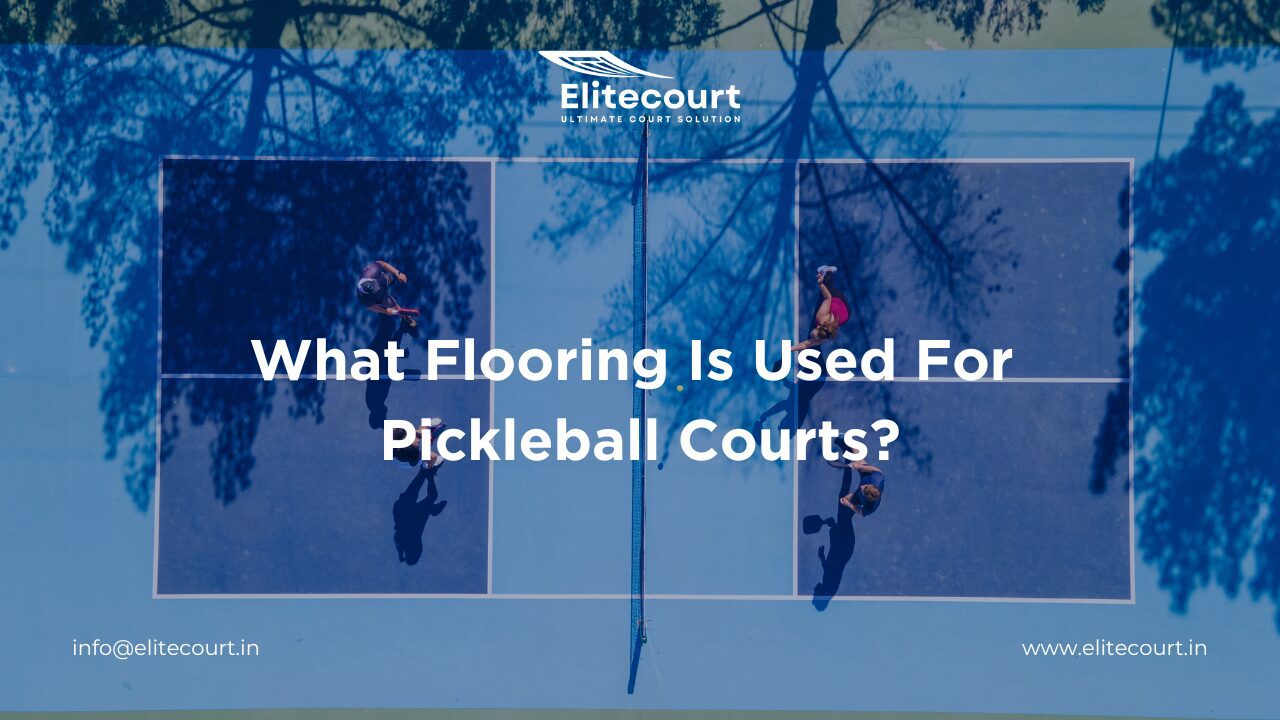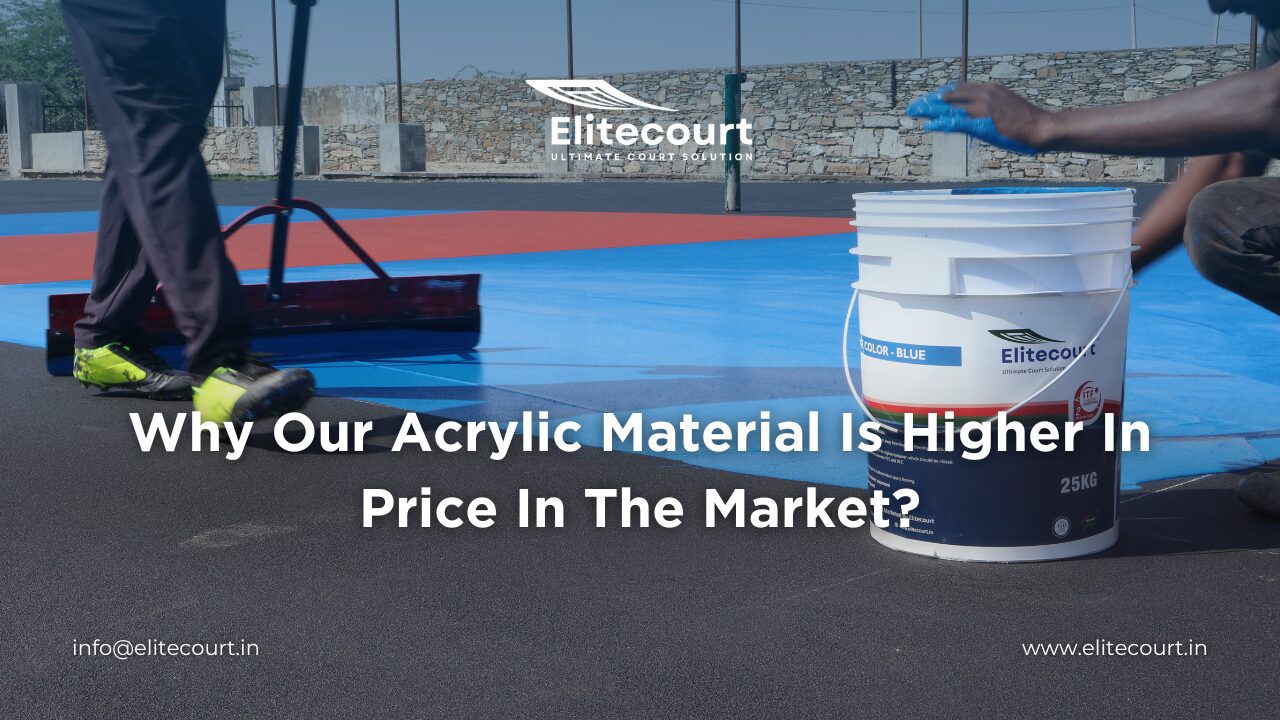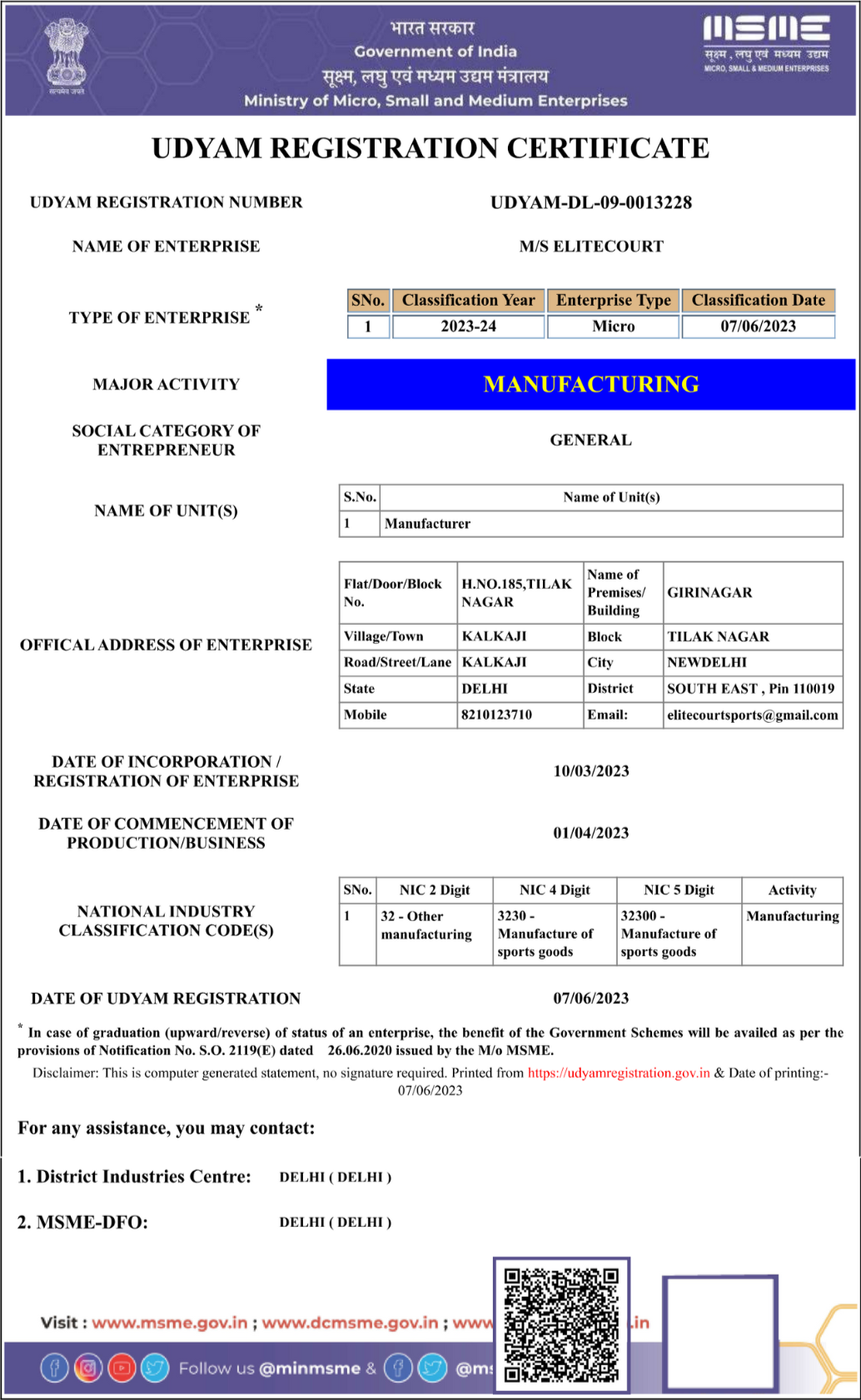Advantages of Synthetic Volleyball Court Over Traditional Surfaces
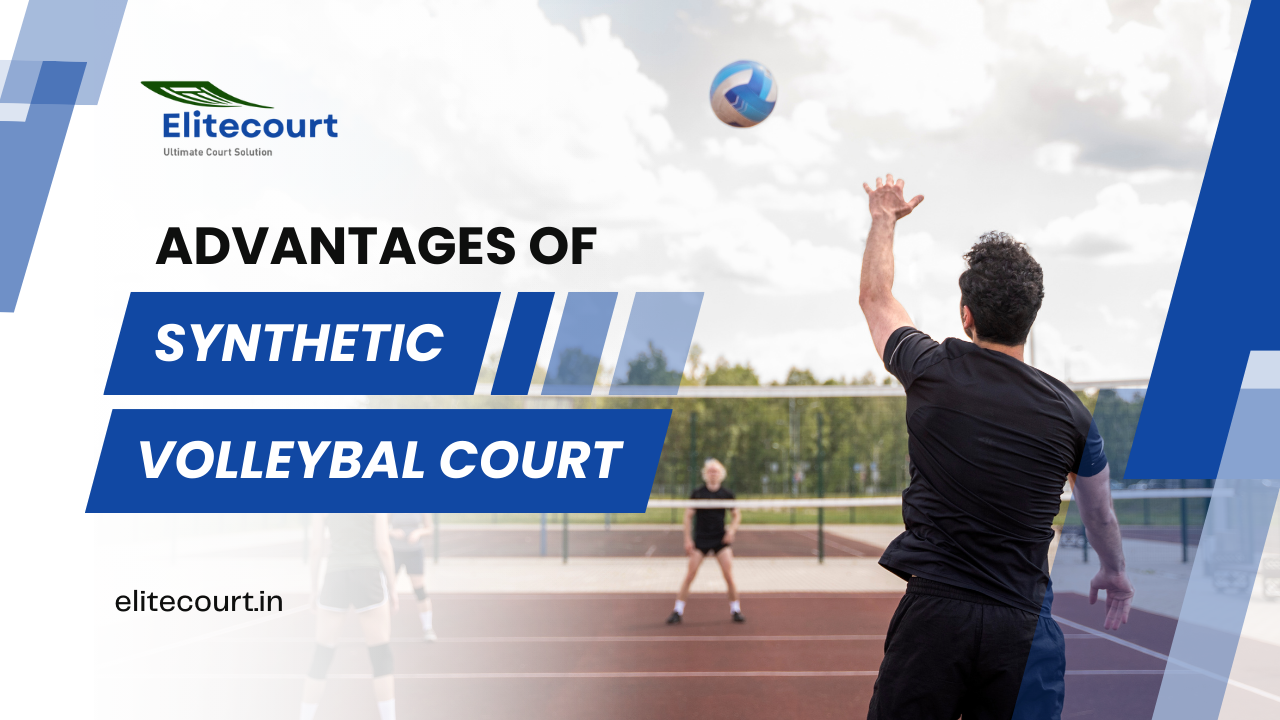
Table of Contents
Introduction
Volleyball, a sport enjoyed worldwide, demands a well-suited playing area. The development of synthetic volleyball courts has revolutionized the game, offering a range of advantages compared to traditional surfaces. In this article, we’ll delve into the various benefits that synthetic courts bring to the forefront and why they have gained widespread recognition in the realm of volleyball.
Volleyball Court Dimensions: A Comprehensive Overview
A standard volleyball court is rectangular in shape, measuring 18 meters in length and 9 meters in width. This layout is divided into two equal halves by a net, with specific zones and markings delineating different areas of play.
- The net, positioned at the center, separates the court into two equal halves. For men’s competitions, the net stands at 2.43 meters high, while for women’s competitions, it’s set at 2.24 meters high.
- Markings such as the service zone and attack lines play crucial roles. The service zone, 9 meters from the net, is where players execute serves. Attack lines, positioned 3 meters from the net, mark boundaries for back-row players, limiting their ability to spike the ball.
- The court’s boundaries are defined by end lines that run perpendicular to the net, determining the court’s length, and side lines that run parallel to the net, establishing the court’s width.
- Additionally, the court includes centerlines and center circles to assist in setting up the court accurately for games and competitions. The centerline divides the court into two halves, while the center circle is used for service positioning.
Maintaining standardized volleyball court dimensions across competitions ensures consistency and fairness. These measurements create a familiar and regulated environment for players, coaches, and referees, promoting a level playing field and facilitating a cohesive volleyball experience across various levels of play, be it recreational matches or professional tournaments.
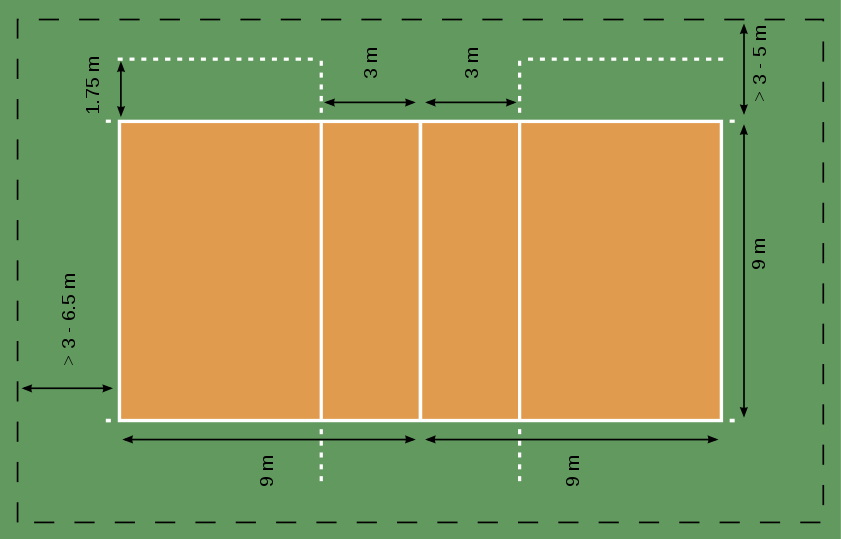
The Evolution of Volleyball Court
Modern advancements have witnessed a shift from traditional natural courts to synthetic surfaces. This transition has introduced cutting-edge materials and technologies, significantly enhancing court durability, performance, and maintenance.
Transform Your Sports Facility Today!
Contact us for high-quality synthetic sports flooring material and elevate your space!
Key Advantages of Synthetic Volleyball Court
- Durability Redefined: Synthetic volleyball courts offer unparalleled durability, standing resilient against weather changes, heavy usage, and the test of time without significant wear and tear.
- Consistent Playing Conditions: Unlike traditional courts susceptible to weather fluctuations, synthetic surfaces maintain consistent playing conditions, ensuring fairness and reducing the impact of external factors.
- Enhanced Safety Features: Engineered with safety in mind, synthetic courts provide superior shock absorption, minimizing the risk of player injuries during intense gameplay.
- Low Maintenance: Synthetic courts boast minimal maintenance requirements, proving to be a cost-effective solution compared to the constant upkeep demanded by traditional surfaces.
- Customization Options: One of the standout features of synthetic courts is their versatility in customization, allowing for various color schemes, logos, and designs, adding aesthetic appeal to sports facilities.
The Economic Benefits
Examining the cost-effectiveness of synthetic volleyball courts versus their traditional counterparts is essential. While the initial investment might be higher, the long-term financial advantages often outweigh the costs, considering reduced maintenance expenses and longer lifespan.
Environmental Impact
Synthetic courts, made from eco-friendly materials, align with sustainability goals. Moreover, their reduced water consumption due to the absence of regular watering or irrigation contributes positively to environmental conservation efforts.
Transform Your Sports Facility Today!
Contact us for high-quality synthetic sports flooring material and elevate your space!
Comparative Analysis: Synthetic vs. Traditional Surfaces
Performance Metrics Of Volleyball Courts
Synthetic Volleyball Court:
- Stability and Consistency: Synthetic surfaces offer consistent playing conditions due to their uniform composition, providing players with a stable and predictable surface.
- Grip and Traction: These courts usually maintain optimal grip and traction levels, allowing players to move swiftly without slippage, enhancing performance and reducing the risk of injuries.
- Shock Absorption: Synthetic materials used in these courts are engineered for better shock absorption, minimizing the impact on joints and reducing player fatigue.
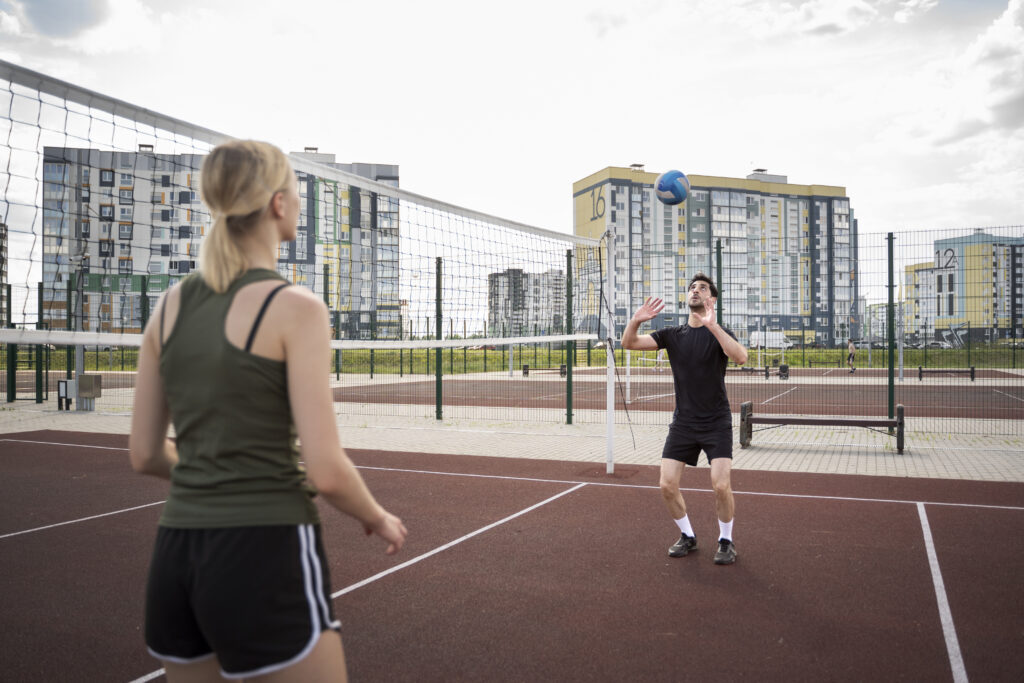
Traditional Volleyball Court:
- Varied Surface Conditions: Natural surfaces, such as grass or sand, can be affected by weather changes, resulting in varying playing conditions. For instance, wet grass can become slippery, affecting player movements.
- Inconsistent Performance: Due to natural variations in materials and maintenance, traditional surfaces might not offer consistent bounce or ball behavior, impacting gameplay unpredictably.
- Impact on Players: The lack of shock-absorbing properties in some traditional surfaces may lead to increased strain on players’ joints and muscles, potentially causing discomfort or injuries.
Weather Adaptability Of Volleyball Courts
Synthetic Volleyball Court:
- Weather Resistance: Synthetic courts are designed to withstand various weather conditions, maintaining their performance quality even in adverse weather like rain or extreme heat.
- Minimal Disruption: These courts offer more reliable playability, as they don’t get affected significantly by weather changes, ensuring consistent gameplay for players.
Traditional Volleyball Court:
- Weather Dependency: Natural surfaces are highly susceptible to weather changes. Rain or extreme temperatures can make these surfaces unsuitable for play or require extra maintenance to restore their usability.
- Game Interruptions: Inclement weather conditions often interrupt games on traditional surfaces, causing delays or cancellations due to safety concerns or surface damage.
Conclusion
The advantages of synthetic volleyball courts over traditional surfaces encompass various aspects crucial to both players and facility managers. From durability and safety to cost-effectiveness and environmental impact, the shift towards synthetic courts not only enhances gameplay but also aligns with sustainable practices, marking a positive progression in sports infrastructure.


